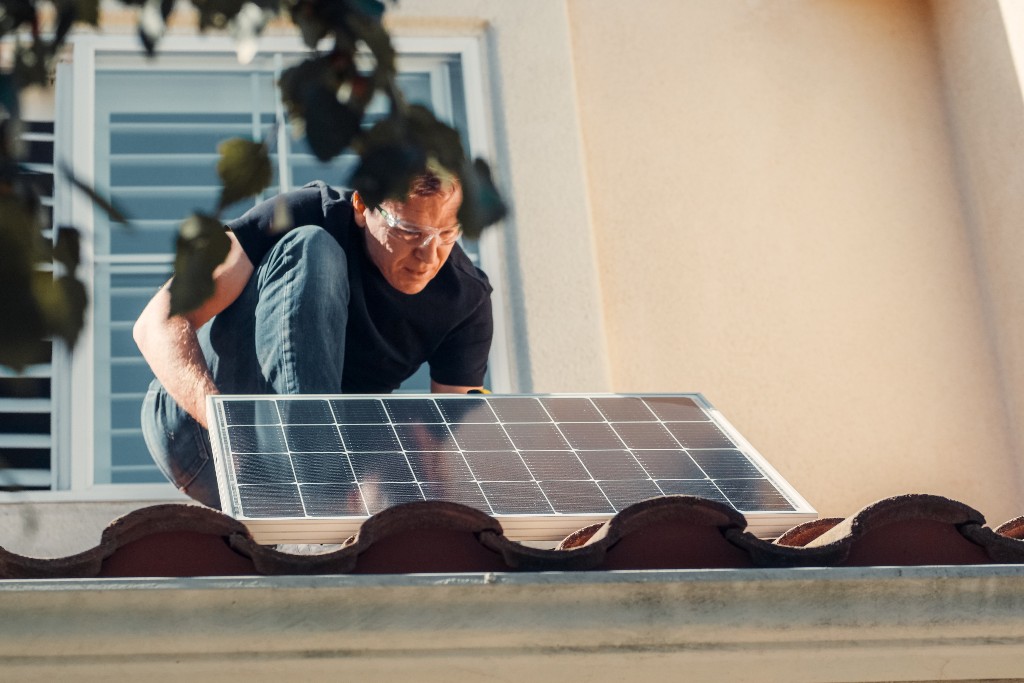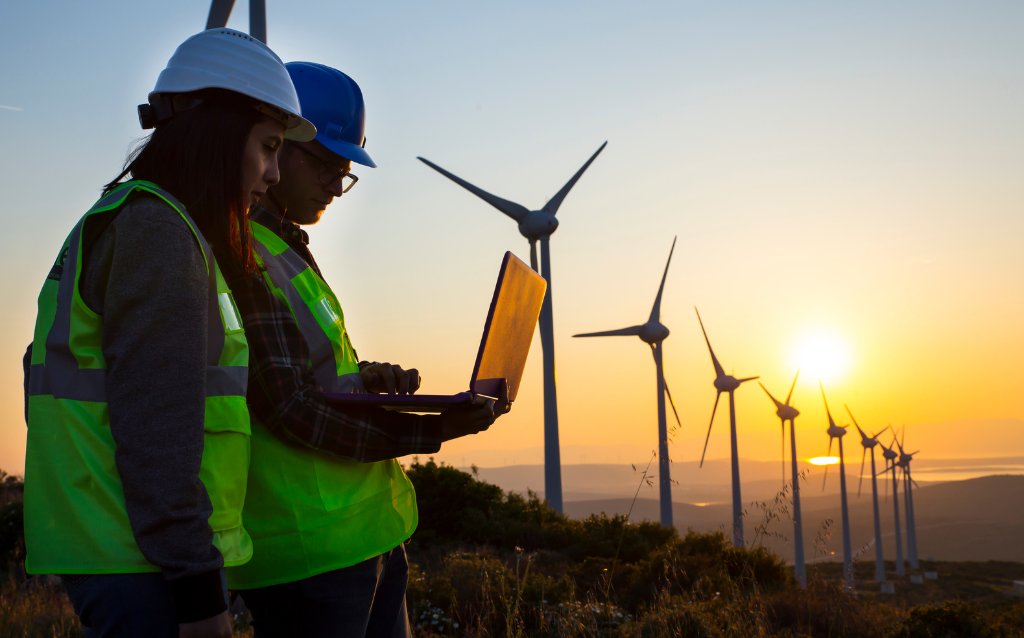In a few short years, the exponential curve of upskilling has posed many challenges for companies, but also opportunities. The Adecco Group’s Global Workforce of the Future Report 2022 revealed the importance of upskilling in talent retention and attraction, but its purpose goes well beyond the business bottom line. It’s about our most existential threat as an industry and as a species: the green transition.
Green jobs exist in varying shapes, sizes and degrees. Some cannot be done without green skills, others have significant potential to create and hone more green skills, and others do not need green skills at all. We are quick to picture a solar panel technician fitting out roofs or a wind turbine engineer on a North Sea inspection round when we think of green jobs, but these days they are reaching ever more broadly and deeply into industry.
So, what sort of skills are needed today for the jobs of the future? LinkedIn’s latest Global Green Skills Report 2022 identifies the green skills most frequently required by employers as well as those most added to employee profiles. Looking ahead to 2023, this data paints a picture of where employers and workers might want to concentrate upskilling resources and where misalignments risk forming.

Clearly, ‘sustainability’ tops both tables. But what exactly does that mean? As a relatively broad concept, it breaks down into 4 distinct skills that we believe should be fostered by employees and employers alike.
Sustainable design
Design spans a wide range of industries and sectors. Essential to jobs in urban planning, construction and architecture, design skills are also in demand in media and communications, corporate services, not-for-profit organisations and IT and software services. At its core, this skill empowers workers to create and envision products, processes and solutions that not only benefit the bottom line of their employer, but also the environment and communities that surround them.
Interestingly, LinkedIn’s report specifically points out the fashion industry. It reveals that expertise in sustainable fashion was the fastest-growing skill globally between 2016 and 2021 with a staggering 90.6% growth rate. And it’s not just the creative, artistic side of the industry that is applying these in-demand skills. Merchandisers and manufacturers are increasingly following suit, too
Energy efficiency
Green energy generation is already front of mind for workers, as 9.2% of LinkedIn members added the skill to their profile in 2021 and knowledge of ‘solar systems’ is among the ten fastest growing green skills of the past 5 years, rising by 55.5% between 2016 and 2021.
There is an ongoing energy crisis amid a wider, slower energy transition so it’s unlikely that this upward trend will stop anytime soon. Engineers, facilities managers, plumbers and many others will need to learn to handle energy efficiency in the future. Not just on the generation front, but also in the optimisation of current grids and transmission protocols.
Erosion control
Erosion is a two-way street. On the one hand, we must ask ourselves how we can slow or prevent the breakdown of materials at the hands of nature’s elements or simply the passing of time. On the other hand, we must ask how we can minimise the damage we cause to our natural environment simply by doing our jobs.
This concern is prevalent in LinkedIn’s report. ‘Environmental Remediation’ skills such as ‘Pollution Prevention’ within sustainable business strategies and sustainable fashion sit firmly in the top 10 fastest growing green skills table. What’s more, remediation is apparently the second most sought-after green skill for employers – with 8.8% of all green job postings ask for it. Erosion control will increasingly become a fundamental skill for procurement directors and surveyors but also transportation managers and all sorts of engineers.
Agronomy
Transitioning to a green future means providing sustainable food supplies to a growing population. It also means preserving ecosystems and biodiversity. Accomplishing that is going to require a workforce skilled in agronomy – a branch of agriculture that pertains mainly to the large-scale growing of crops and soil management. But the jobs of the future world of work will need much more than farmers to be skilled in agronomy, this skill will span food and drink manufacturers, entomologists and any other job that connects natural resources to the consumer.
Indeed, ‘Ecosystem Management’ skills are scattered throughout the top in-demand skills in LinkedIn’s report. ‘Climate’, ‘Surface water’ and ‘sustainable landscapes’ all feature among the fastest growing green skills - 68.7%, 64.5% and 52.9% respectively.
The stark reality
Demand for green skills is outgrowing supply. The World Economic Forum explains that the environmental and renewables sector has seen a 237% explosion of jobs over the past five years. Worldwide, green talent is on the rise - from 9.6% in 2015 to 13.3% in 2021 - a growth rate of 38.5%, according to LinkedIn. The same report anticipates a 2% gap by 2026 - perhaps because of a misperception about what green jobs in the future will actually be. This gap will be compounded by the fact that only 1 in 10,000 non-green worker will transition into a green job, according to LinkedIn.
There are striking inequalities in the availability of jobs as well as skills. On the global scale, high-income countries are upskilling faster and in more niche areas.
On the gender front, for every 100 men, only 62 women were considered to be a part of the global green talent – that gender gap has not moved since 2015. A study by McKinsey estimated 40% of male-dominated industries would become more automated across the green transition. For women-dominated industries that figure is 52%, putting female workers at greater risk of job loss.
Finally, while all generations are growing their green skills, the younger generations are leading the way – Millennials, especially. While this empowers them to have a positive impact on the future, older and more experienced professionals should not be left behind.
The Adecco Group’s Global Workforce of the Future report echoes the sirens set off in LinkedIn’s data. A shocking 36% of workers were feeling generally anxious about the green transition; with 54% expressing concern that the transition to a green economy would make it harder to find work in the future. It’s evident that upskilling the workforce fairly, evenly and quickly is ultimately non-negotiable.
The way forward
The skills needed for the green transition are already clear. We just aren't learning them fast enough - or equally enough. Employers must emphasise career progression and upskilling as a way to not only thrive today but to prepare for the world of tomorrow.
But they cannot do it alone. Governmental collaboration with the business community would help to build an engine for change, harnessing the expertise of HR professionals.
Green skilling will fuel more green jobs, which will lead to more green skilling and more green jobs. The momentum is building. We now need to work together to release the green skills bottleneck and power onward. This is about more than just the world of work - it's about helping the whole world move into a greener future that works for everyone.



